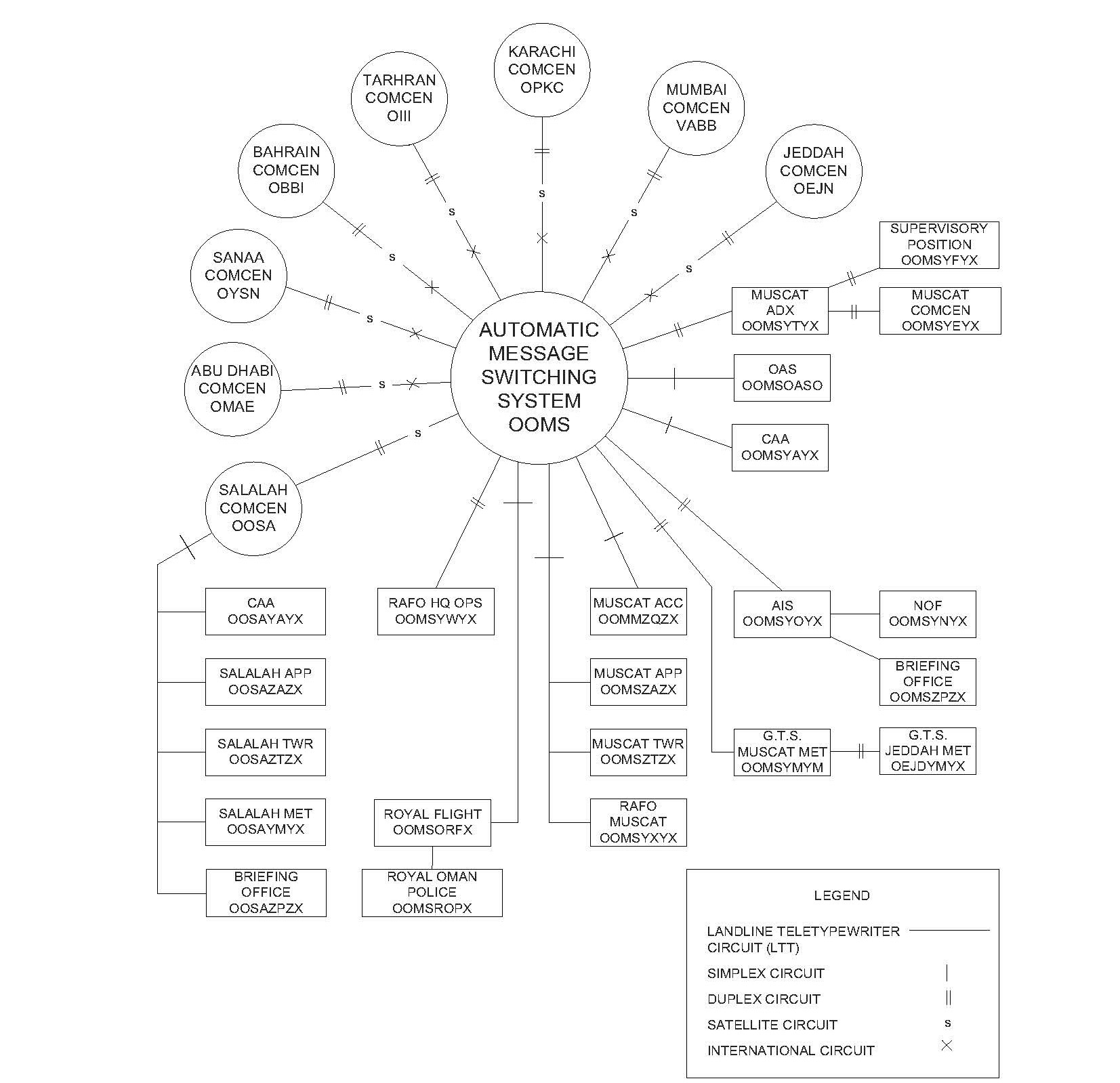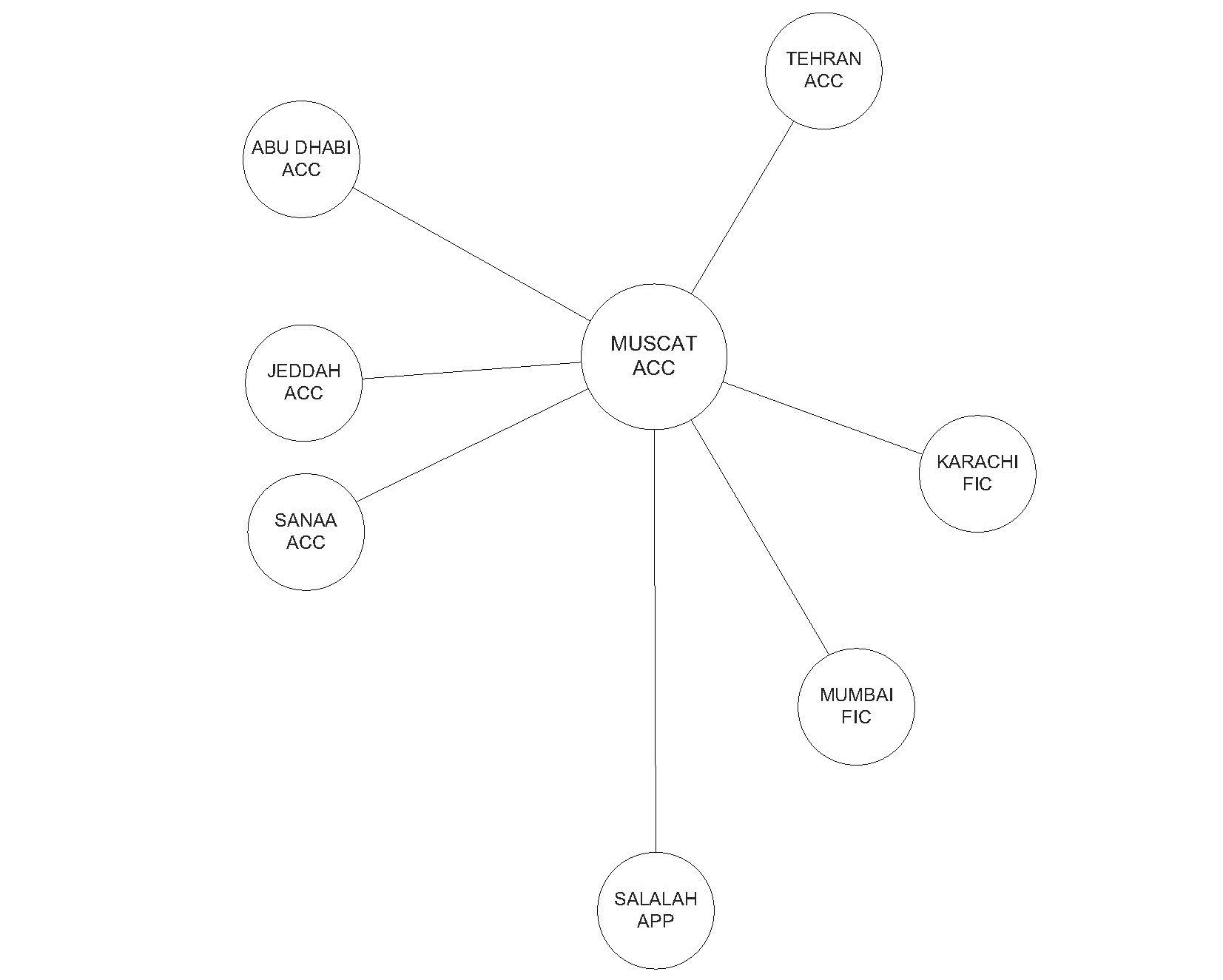
| Radio Equipment to be carried | Circumstances of Flight |
|---|---|
| Column1 | Column 2 |
|
VHF RTF with appropriate frequencies
listed in ENR 3 and the respective AD 2 section |
IFR/VFR in CAS; SVFR in Salalah and
Muscat CTR |
|
VOR* ADF |
IFR in CAS |
|
DME* |
IFR in CAS |
|
SSR Transponder with Mode A 4096
Codes and Mode C capability |
All aircraft entering or operating
within the Muscat FIR. |
|
ILS and MKR Receiver |
When landing at Muscat or Salalah
airports if prevailing meteorological conditions would require an instrument approach procedure to be
carried out. |
|
Annex 10 |
Aeronautical
Telecommunications |
|
Doc 7030 |
Regional Supplementary Procedures
(SUPPS), Part 2 |
|
Doc 7910 |
Location Indicators |
|
Doc 8400 |
ICAO Abbreviations and Codes
(PANS-ABC) |
|
Doc 8585 |
Designators for Aircraft Operating
Agencies, Aeronautical Authorities and Services |
|
Doc 8643 |
Aircraft Type Designators |

